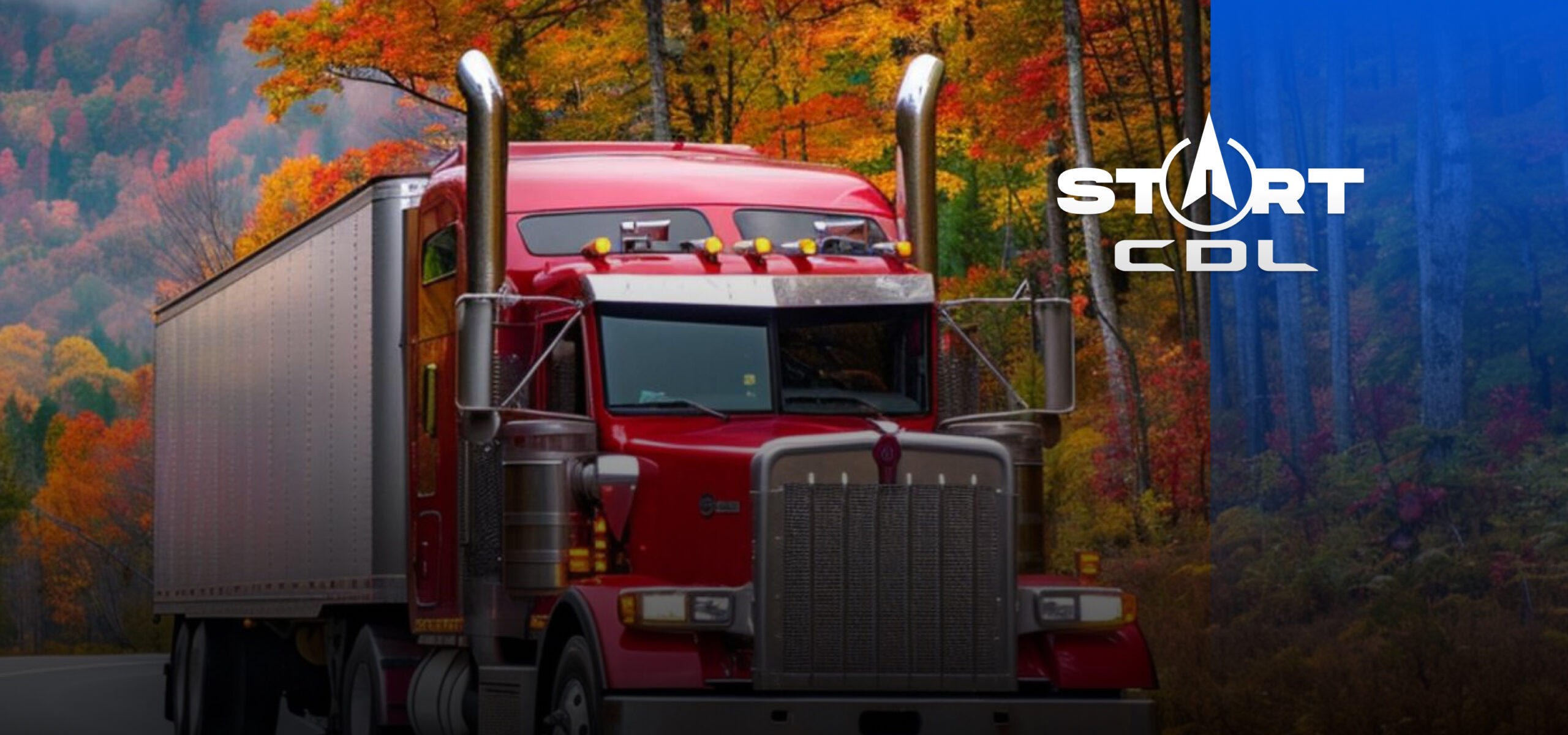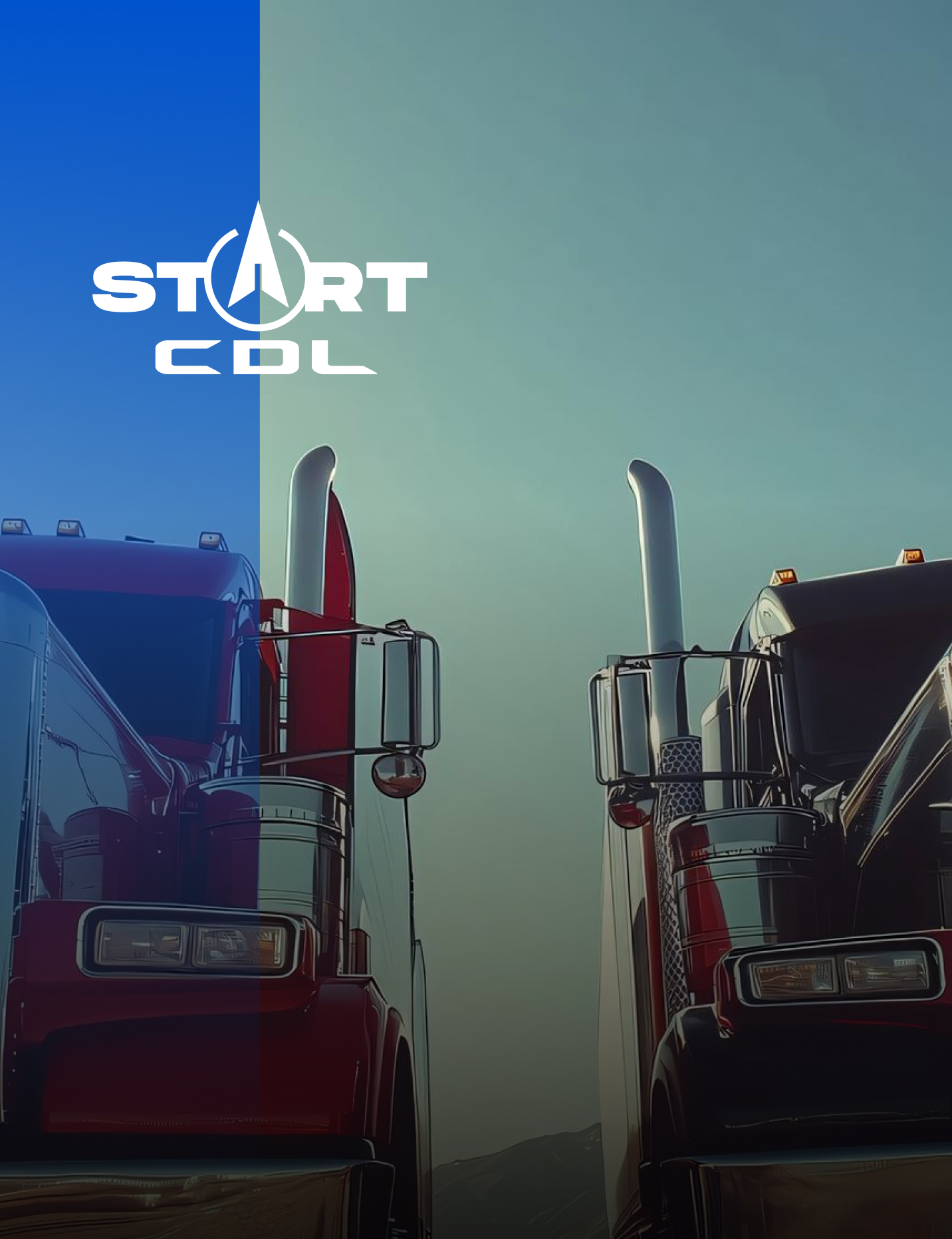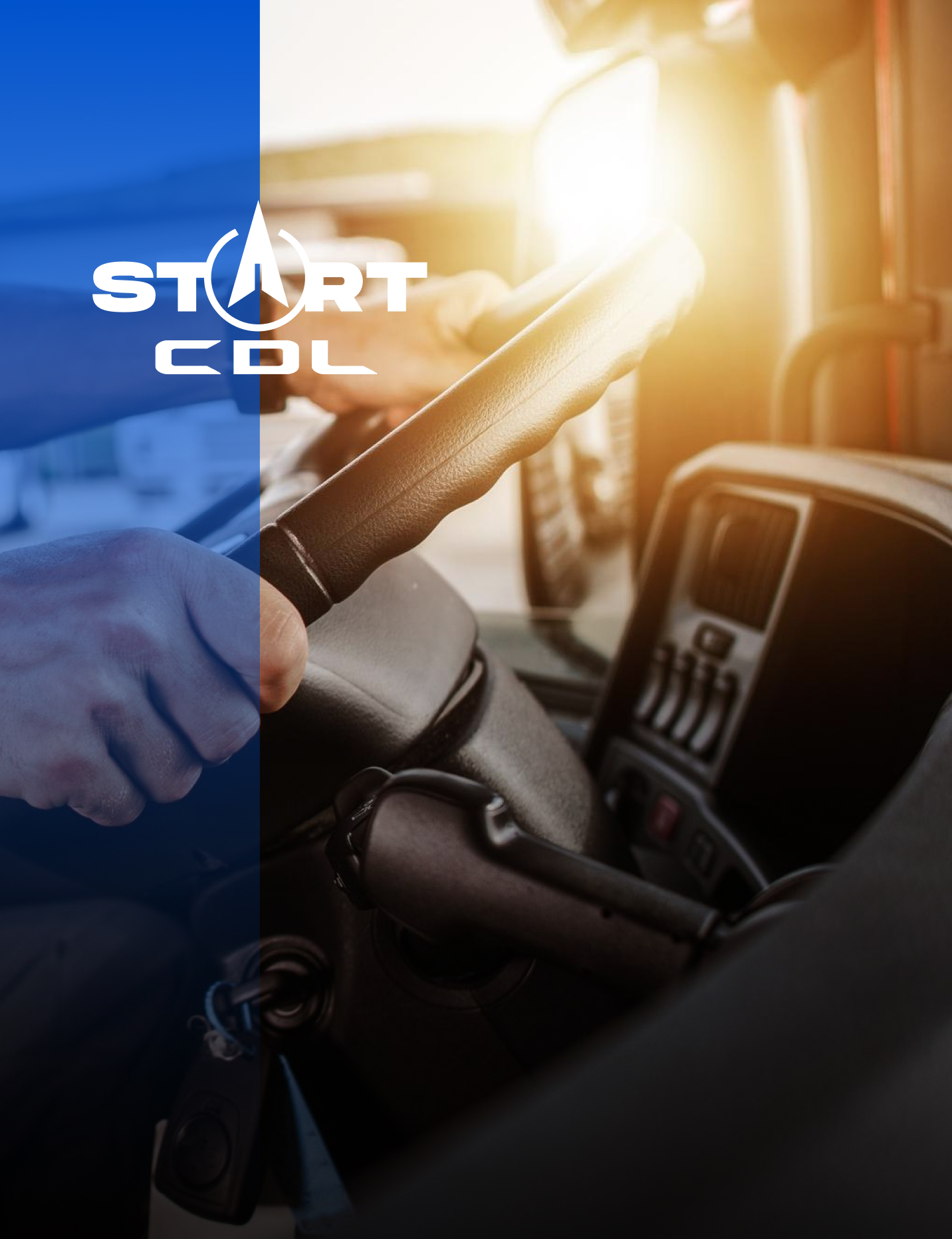

Class A, Class B, and Class C CDL licenses: Anyone who wants to become a professional in commercial driving should know the peculiarities. Each of them determines the categories of vehicles you are allowed to operate and, accordingly, will have some consequences for job opportunities and training.
CDL Class A vs CDL Class B vs CDL Class C
| Feature | CDL Class A | CDL Class B | CDL Class C |
| Vehicle Weight | GCWR ≥ 26,001 lbs; tow > 10,000 lbs | GCWR ≥ 26,001 lbs; tow ≤ 10,000 lbs | GCWR ≤ 26,001 lbs |
| Primary Use | Heavy-duty freight | Medium-duty vehicles | Specialized vehicles |
| Examples of Vehicles | Tractor-trailers, tankers | Box trucks, dump trucks | Passenger vans, hazmat vehicles |
| Career Opportunities | OTR trucking, freight hauling | Local delivery, construction hauling | School bus driving, hazmat transport |
What is a Class A CDL?
A Class A CDL permits drivers to operate a vehicle with a GCWR of 26,001 pounds or more, provided the towed vehicle weighs more than 10,000 pounds. This license class is usually applied to drive tractor-trailers, flatbeds, and large tankers.
Examples of Vehicles Operated:
- Semi-trucks with trailers
- Tanker trucks
- Livestock carriers
Career Opportunities:
- Over-the-road truck driving
- Regional trucking jobs
Training Requirements: Extensive training in vehicle operations, pre-trip inspections, and advanced cargo handling.
What is a Class B CDL?
A Class B CDL allows an individual to operate a single vehicle with a GCWR of 26,001 pounds or more and a towed vehicle not to exceed 10,000 pounds. This class is a very good opportunity for people who want to operate a small-sized commercial vehicle.
Examples of Vehicles Operated:
- Box trucks (such as delivery trucks)
- Dump trucks
- Passenger buses (including school and transit)
Career Opportunities:
- Delivery services
- Construction hauling
- Public transit driving
Training needed: Training involves medium-heavy vehicle operation, route planning, and passenger safety where applicable.
What is a Class C CDL?
The Class C CDL license is issued for vehicles that are designed to transport 16 or over passengers (including the driver) or hazardous materials which require placarding, no matter the weight. This class is applied to specialized commercial operations.
Examples of Vehicles Operated:
- Passenger vans
- Hazmat transport vehicles
- Small buses
Career Opportunities:
- School bus operation
- Hazardous material transportation
Training Requirements: Training emphasizes safety procedures concerning transportation of hazardous materials and passengers.
Related Articles
10 years of experience
and
10000+ graduated
students with CDL
Feel free to ask
us any questions about
getting a CDL in the USA


 @startcdl
@startcdl
 +1 (224) 520-3169
+1 (224) 520-3169







